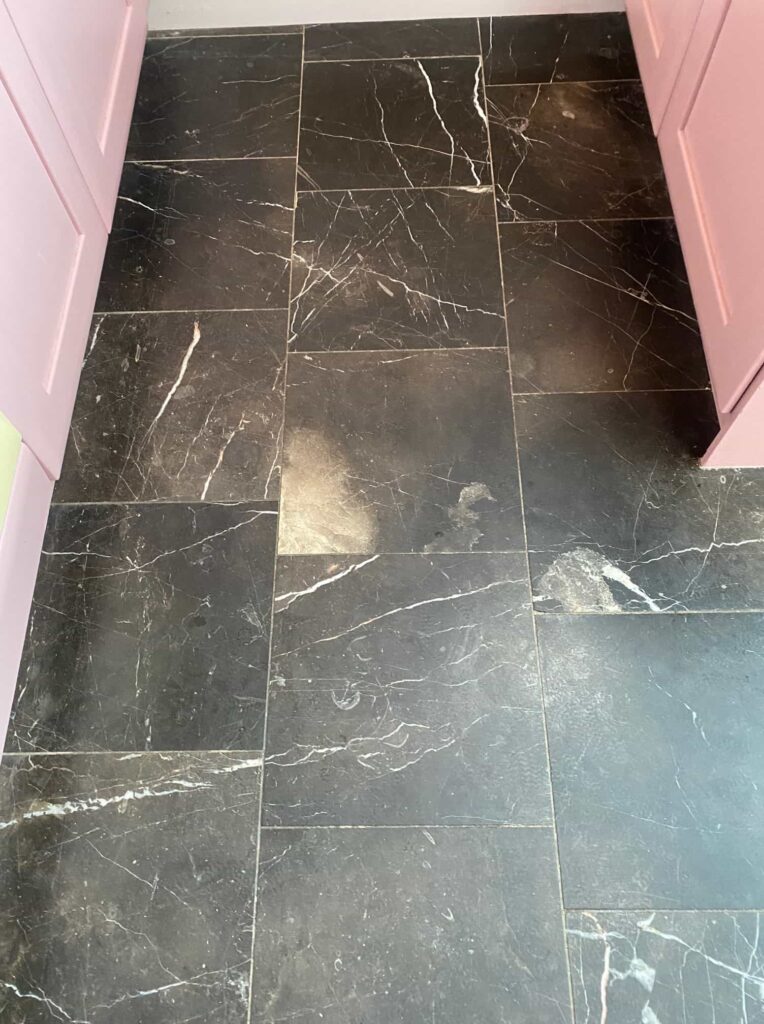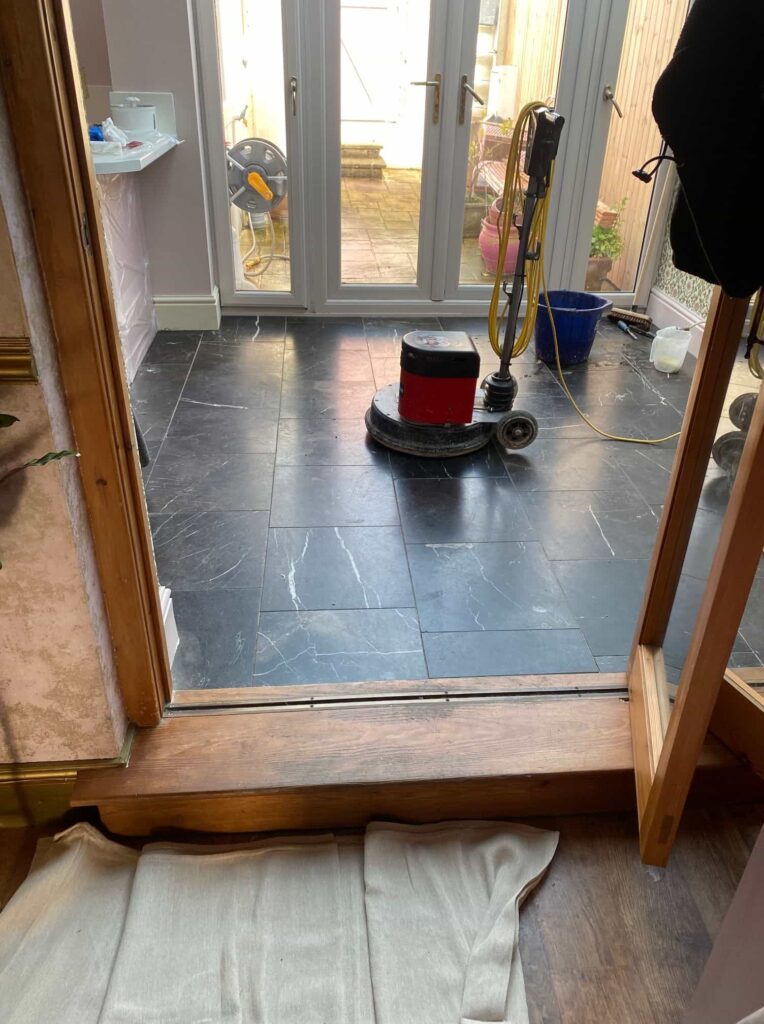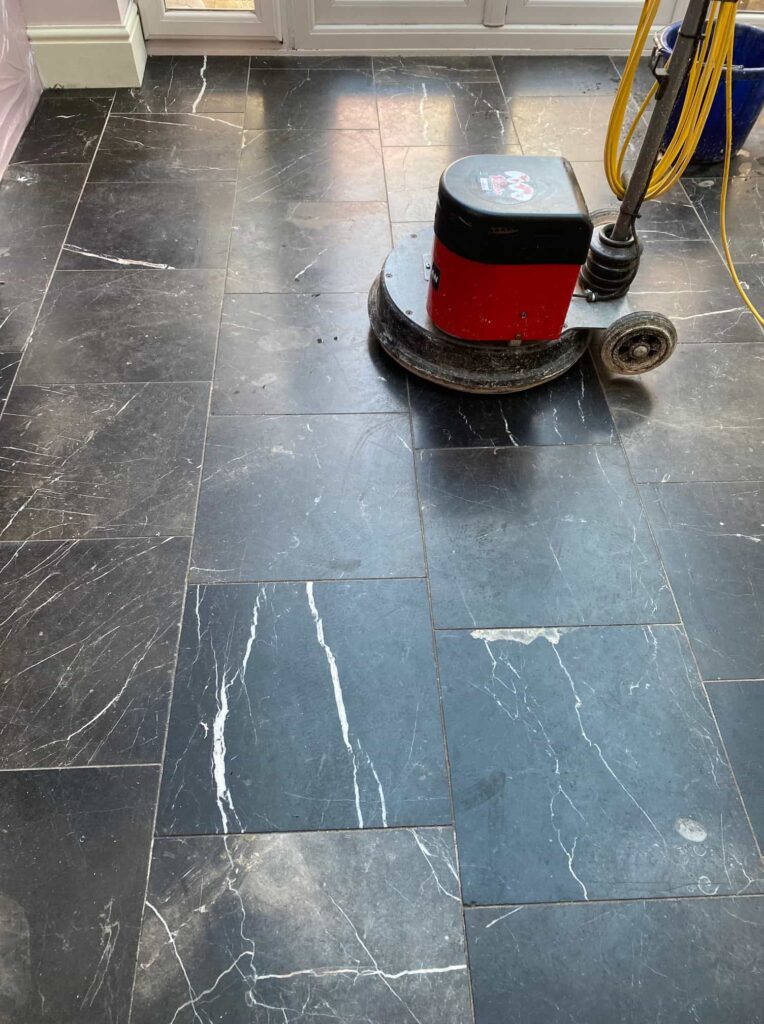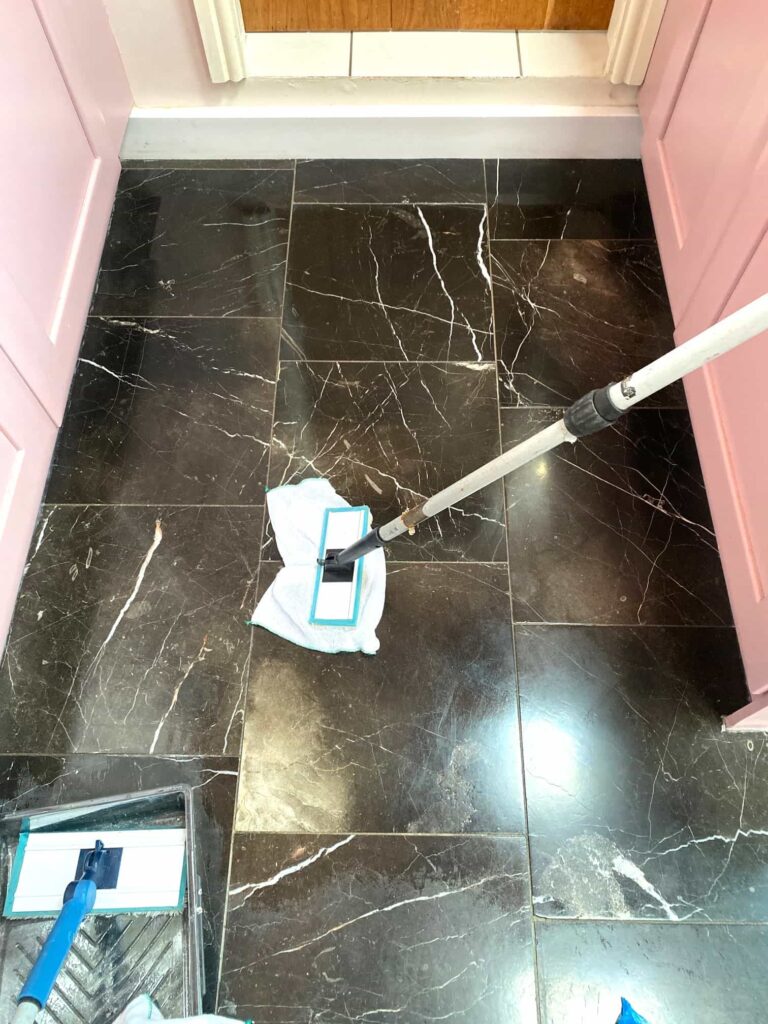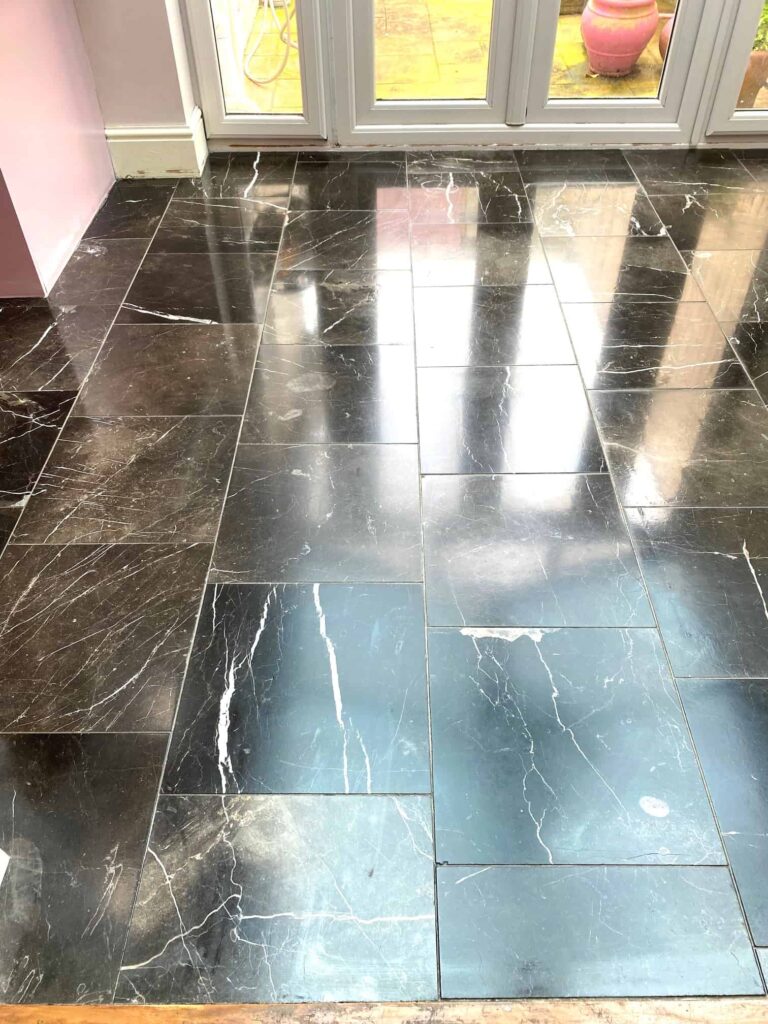Over the past decade, there has been an explosion in the popularity of do-it-yourself projects and renovations. From kitchen remodeling to bathroom transformations, you name it; homeowners everywhere are trying to save money by tackling these projects themselves. And one of the greatest money-saving parts of the job is choosing and installing your own flooring.
Flooring, like the plumbing or the electrical work, is often subcontracted out by homeowners primarily for two reasons – (A) they have no idea what type of flooring will work best in the room and (B) they don’t want to “mess up” the installation. But these days, installing flooring is easy to work and the choices of flooring available allow you to customize the look of your room so it not only looks complete, but it turns out exactly as you imagined it.
In this guide, we’re going to take a look at your flooring options and go over some of the installation guidelines for each. When it comes to choosing the flooring for your project, knowing what’s available is half the work.
Laminate Flooring
Laminate flooring is strong, versatile, and can last for years with proper upkeep. Not long ago, laminate flooring was basically viewed as an inexpensive alternative to installing natural hardwood floors, but in recent years, laminates have become a popular choice as the variety of flooring styles has greatly increased. Today, one can purchase laminate flooring that resembles cork, stone, marble, bamboo, and of course, wood. And best of all, laminate flooring can be installed directly over your existing sub-floor and installation is as easy as “snap-and-click.”
Installing Laminate Flooring
When installing laminate flooring, it is critical for the surface it is being installed over to be flat. It doesn’t have to be a level surface, but it does have to be flat. If you’re installing over concrete, use a surface grinder to get rid of high spots and if you have an area that’s at least 1/8” lower than the rest of the floor, use a self-leveling compound to fill in the gap. Of course, always be sure the compound is completely dry before installing the flooring.
Laminate flooring is sometimes called a “floating floor system” because it is not glued, nailed, or stapled to the sub-floor. A foam underlay is laid on top of the sub-floor and the laminate planks are then laid directly on top of the underlay.
One of the most important keys in a successful laminate installation is to lay only a portion of the underlay at a time and then install the laminate over that area before moving on. This will help protect the underlay from getting damaged as you work. Lay the laminate planks in a staggered fashion, meaning start one row with a full-length plank followed by a row that starts with a half-plank. For the best visual result, the planks should be laid in the same direction as the light that enters the room through the primary window.
Vinyl Flooring
Vinyl flooring falls under the umbrella of “resilient flooring,” which also includes such flooring solutions as rubber, linoleum, and cork. Vinyl flooring was at one time, the inexpensive “do-all” generic flooring solution for just about every room. Style selection was weak and the overall look of it was pedestrian. But these days, vinyl flooring is available in a wide range of styles and textures, from faux wood to slate or marble.
Vinyl flooring offers a wealth of benefits. Besides being an inexpensive flooring solution, vinyl is long-lasting, easy to install, resistant to water and bacteria and it can be custom-ordered for an original look. Vinyl flooring is available in single tiles or in larger sheets, and in different thicknesses. Thicker tiles are more expensive, but they last much longer than thinner tiles.
Installing Vinyl Flooring
When installing vinyl flooring, it is essential that you only use an adhesive that’s made for vinyl. Do not use “tube” construction adhesives as they can produce lumps in your tiles from un-flattened thick gobs of glue. Of course, many vinyl tiles come with pre-glued backing so this may not even apply to your particular installation.
When purchasing vinyl tiles it is wise to use "the extra 10% rule" and buy more than what you need. You may have an occasion where you need to make a repair, and having the exact tile on hand can allow the fix to be performed easily and quickly.
Before you start installing, you need to make sure the sub-floor is flat, clean, and dry. Install one tile and wait 72 hours, then return and try to pull the tile up. If it comes up, then the floor is too damp and you will have to use a special adhesive for damp locations (or wait for the floor to be completely free of moisture). Once the floor is laid, avoid walking on it until the glue is fully dried or you may cause the tiles to shift.
Hardwood Flooring
Hardwood flooring is the Mac-daddy of flooring options. It’s the warmest and most luxurious type of flooring, but with that prestige comes a very high price tag and costly maintenance. Depending on the look you’re going for, hardwood is available in oak, maple, pine, cherry, mahogany, fir, beech, ask, teak, birch, and bamboo (not really a wood, but it still applies here).
When it comes to installing hardwood floors, due to the cost of the materials, many homeowners may be better off trusting their installation to a professional. Installing hardwood flooring is not a weekend project and the tools required to complete the job are quite numerous.
Cleaning and maintaining hardwood flooring is not as easy as many would have you believe. Some chemicals can badly damage hardwood and of course, too much water on the surface will also wreak havoc. If you want your hardwood (and your investment) to last for years, use only a specially-designed maintenance product, like the one available from BonaKemi. Cleaning and maintaining your hardwood flooring with the right product is essential because if you use too much water or acidic chemicals, you will need to refinish the flooring sooner than expected.
Refinishing Hardwood Flooring
Refinishing hardwood floors is a time-consuming, labor-intensive job. Careful attention must be made as sanding one area too long can create shallow spots that are irreparable. Here are a few tips for making the process a little easier:
1. Remove all of the furniture and rugs from the room.
2. Check the floor for any nails, tacks, or staples that may have popped up. If you find any, hammer them back down.
3. Choose an orbital sander over a drum sander as they are lighter and easier to maneuver.
4. Ask an employee at the equipment rental shop for a demonstration on how to use the sander. You don’t want to “test” it out on your flooring.
5. Run the sander WITH the wood’s grain, NOT across it.
6. As long as the sander is on, it should be moving. Never allow it to sit stationary while running.
7. Vacuum up the dust each and every time you change sanding paper.
8. Start sanding with the highest grit sandpaper (36 grit) and with each pass, increase the grit, from 36 to 60 to 80 and then finally to 100 or even as fine as 120 grit.
9. Clean the floor thoroughly before applying stain and/or polyurethane finish.
